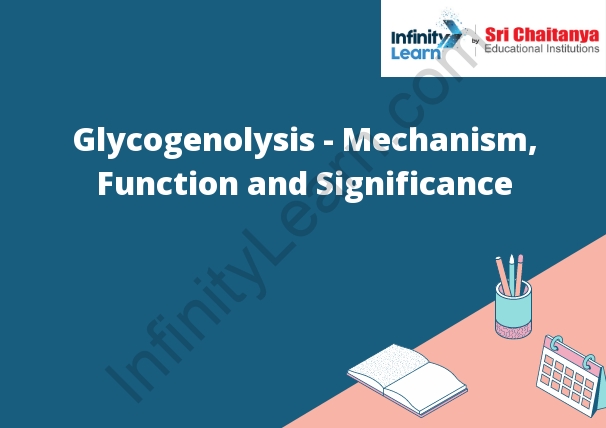Table of Contents
What Do You Mean by Glycogenolysis?
Glycogenolysis – Mechanism:
The process of glycogenolysis is the breakdown of glycogen, which is a type of glucose polymer, into glucose molecules. Glucose is then transported across the cell membrane and used for energy by the cells. The process of glycolysis is the breakdown of glucose molecules into two pyruvate molecules. Pyruvate is then transported across the cell membrane and used for energy by the cells. The difference between glycogenolysis and glycolysis is that glycogenolysis breaks down glycogen into glucose molecules, whereas glycolysis breaks down glucose molecules into pyruvate molecules.

What is Glycogenolysis?
Glycogenolysis is the process of breaking down glycogen into glucose. Glucose is then used for energy by the body.
Mechanism of Glycogenolysis
Glycogenolysis is the process of breaking down glycogen into glucose. Glucose is then released into the bloodstream where it can be used for energy. The process of glycogenolysis is controlled by the hormone glucagon. Glucagon is released by the pancreas in response to low blood sugar levels. Glucagon activates the enzyme glycogen synthase, which breaks down glycogen into glucose.
Glycogenolysis is the process by which glycogen is converted to glucose. Glucose is then transported across the cell membrane and used for energy. The glycogenolysis mechanism involves the action of glycogen phosphorylase on glycogen.
Glycogen phosphorylase is an enzyme that catalyzes the conversion of glycogen to glucose. It is located in the cytoplasm of the cell. The glycogenolysis mechanism involves the following steps:
1. Glycogen phosphorylase binds to glycogen.
2. The glycogen molecule is cut into two pieces by glycogen phosphorylase.
3. One of the pieces of glycogen is converted to glucose by glycogen phosphorylase.
4. The glucose is transported across the cell membrane and used for energy.
Function of Glycogenolysis
- Glycogenolysis is the process of breaking down glycogen into glucose.
- Glucose is then used for energy by the body.
- Glycogenolysis is the process of breaking down glycogen into glucose.
- Glucose is then used for energy by the body.
- This process is important for providing energy during times of stress or physical activity. It also helps to maintain blood sugar levels.
How Glycogenolysis is Regulated?
The regulation of glycogenolysis is a complex process that involves the interaction of several different hormones and enzymes. The main regulator of glycogenolysis is the hormone glucagon, which is secreted by the pancreas in response to low blood sugar levels. Glucagon binds to receptors on the surface of liver cells, which activates a series of enzymes that break down glycogen into glucose. Other hormones that can regulate glycogenolysis include adrenaline, cortisol, and growth hormone.
Significance of Glycogenolysis
Glycogenolysis is the process of breaking down glycogen into glucose. Glucose is then used for energy by the body. The significance of glycogenolysis is that it provides the body with a source of energy.
Difference Between Glycolysis and Glycogenolysis
Glycolysis is the process that breaks down glucose molecules into two molecules of pyruvate, while glycogenolysis is the process that breaks down glycogen molecules into glucose molecules. Glycolysis does not require oxygen, while glycogenolysis does. Glycolysis occurs in the cytoplasm, while glycogenolysis occurs in the hepatocytes.









